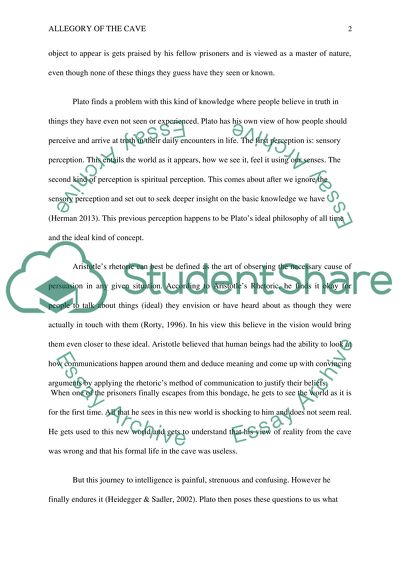Cite this document
(“Platos Allegory of the Cave Essay Example | Topics and Well Written Essays - 1250 words”, n.d.)
Platos Allegory of the Cave Essay Example | Topics and Well Written Essays - 1250 words. Retrieved from https://studentshare.org/philosophy/1659996-platos-allegory-of-the-cave
Platos Allegory of the Cave Essay Example | Topics and Well Written Essays - 1250 words. Retrieved from https://studentshare.org/philosophy/1659996-platos-allegory-of-the-cave
(Platos Allegory of the Cave Essay Example | Topics and Well Written Essays - 1250 Words)
Platos Allegory of the Cave Essay Example | Topics and Well Written Essays - 1250 Words. https://studentshare.org/philosophy/1659996-platos-allegory-of-the-cave.
Platos Allegory of the Cave Essay Example | Topics and Well Written Essays - 1250 Words. https://studentshare.org/philosophy/1659996-platos-allegory-of-the-cave.
“Platos Allegory of the Cave Essay Example | Topics and Well Written Essays - 1250 Words”, n.d. https://studentshare.org/philosophy/1659996-platos-allegory-of-the-cave.


